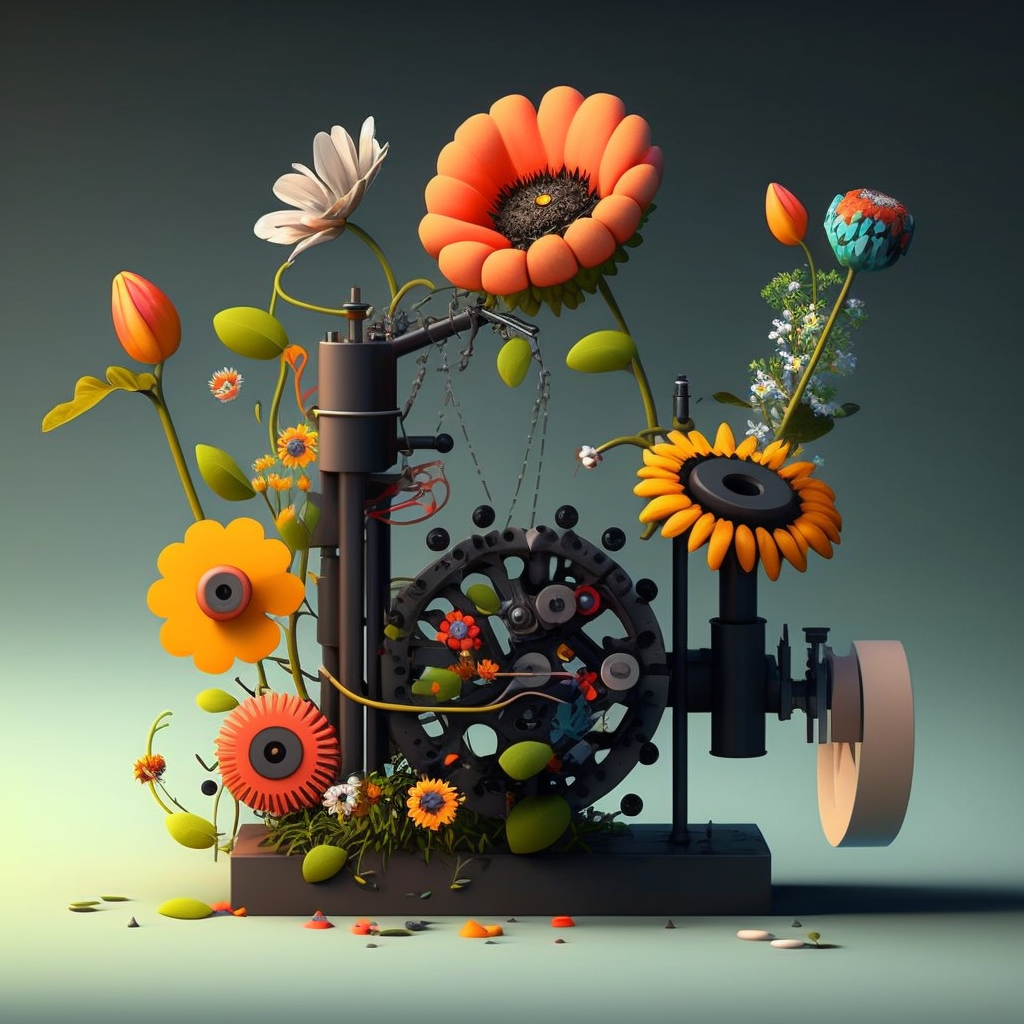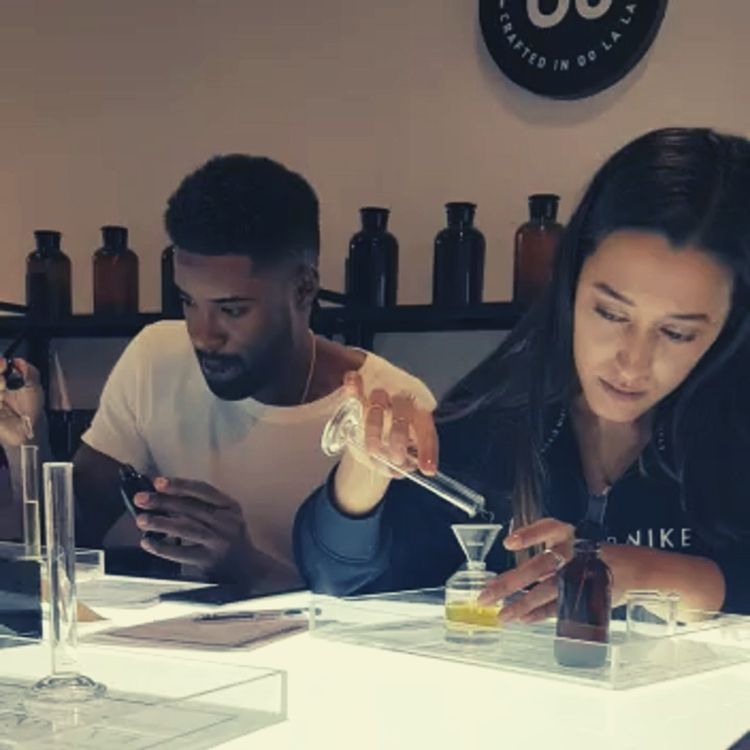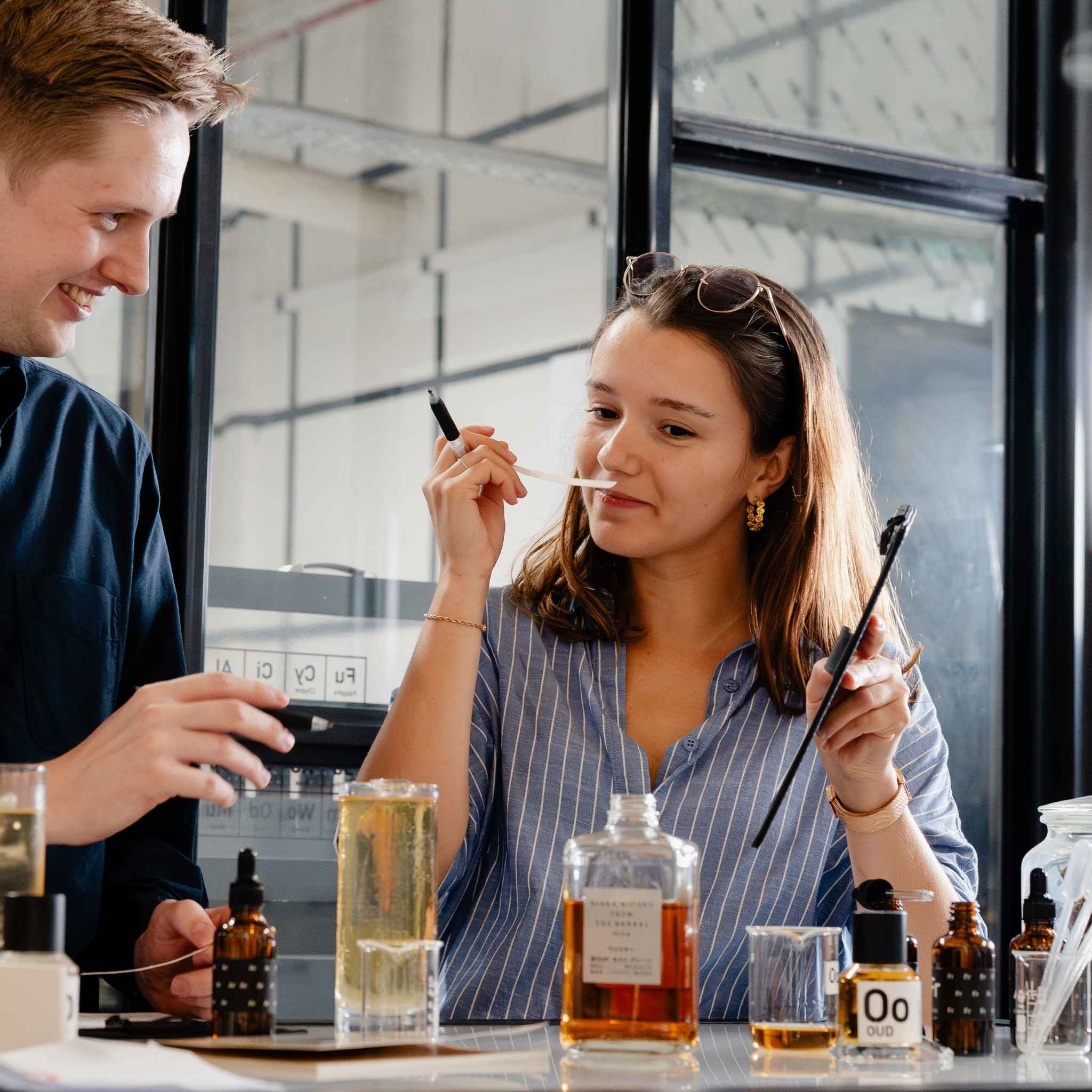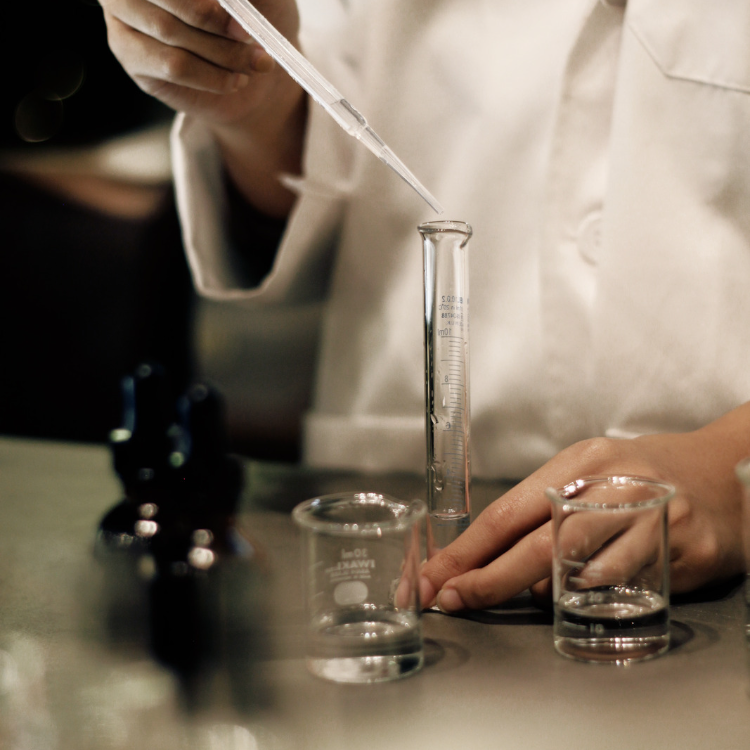What goes into an 'Upcycled' Perfume?

Upcycling is the process of transforming byproducts, waste materials, or unwanted products into new materials or products of better quality or environmental value. In perfume making, upcycling can involve using discarded or unused natural materials to create unique and sustainable fragrances.
Some examples of upcycled ingredients used in perfume include:
Citrus peels: Citrus peels, which are often discarded after juicing or cooking, can be upcycled to create essential oils and fragrances. The essential oils extracted from citrus peels, such as orange, lemon, and grapefruit, are commonly used in perfumes and add a bright, fresh scent.
Coffee grounds: Coffee grounds, which are often thrown away after brewing, can be used to create a unique and earthy fragrance. The roasted, bitter notes of coffee can be blended with other scents, such as vanilla or caramel, to create a warm and comforting fragrance.
Wine: Wine, which can spoil or go to waste if not consumed, can be used to create a rich and complex fragrance. The aromas of red wine, for example, can be captured and blended with other scents to create a deep, sophisticated fragrance.
Distillery waste: Distillery waste, such as spent grains and leftover fruit from the fermentation process, can be used to create unique and sustainable fragrances. These materials can be distilled or extracted to capture their natural scents and create a fragrance with a strong connection to the distilling process.
Reclaimed wood: Wood that is salvaged from old buildings or furniture can be used to create a woody, rustic fragrance. The natural aging and weathering of the wood can add depth and complexity to the fragrance. So too, wood chips from sustainable forestry practices can be upcycled to create a warm and woody base note in perfumes.
Tobacco leaves: Upcycled tobacco leaves can be used to create a deep and smoky scent in perfumes, providing a unique and complex aroma.
As sustainability becomes more important to consumers, we can expect to see more upcycling in the fragrance industry as a way to create unique and environmentally friendly scents.
- Tags: Fragrance Education






